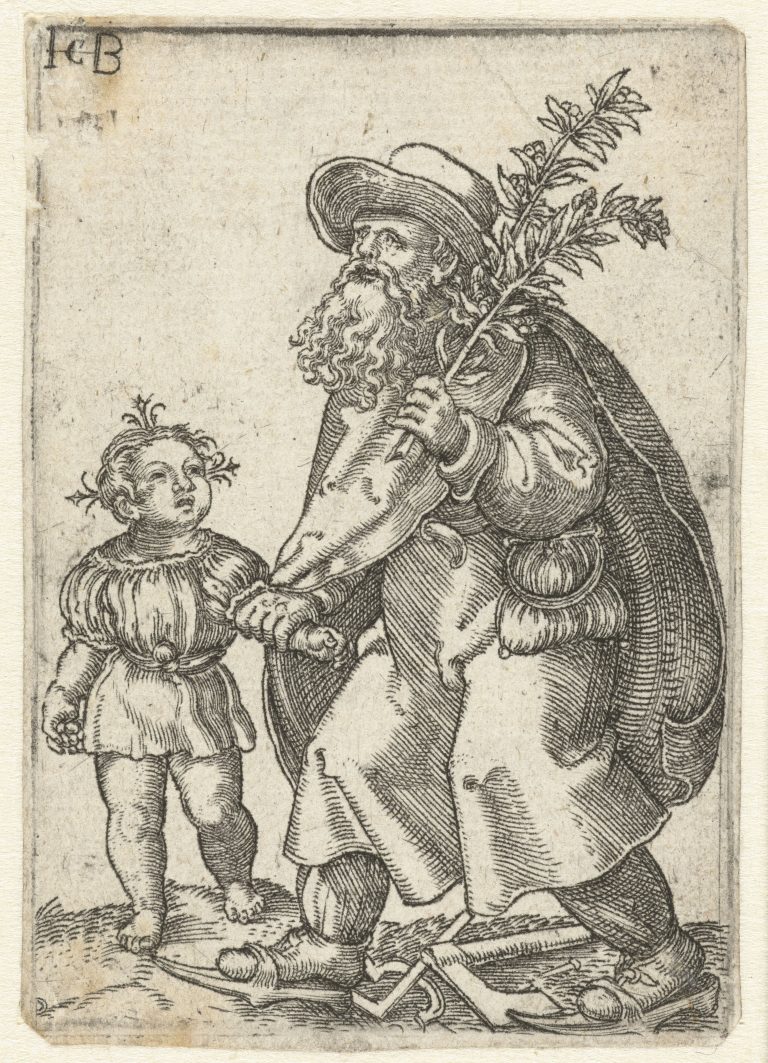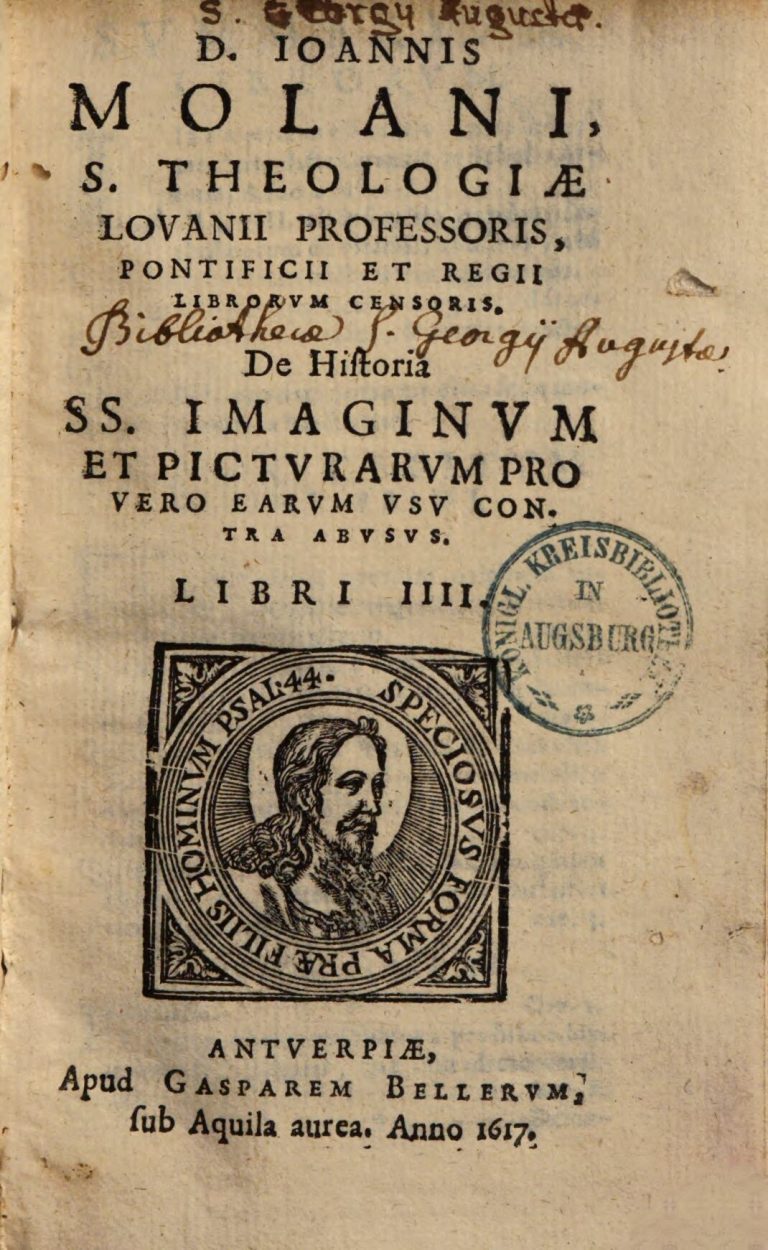
Rijksmuseum, Amsterdam, http://hdl.handle.net/10934/RM0001.COLLECT.33313
In book 2, ch. 29 Molanus continues his examination started in the preceding chapters of what constitutes a dangerous error and not and how to handle them. This chapter focuses on deviations and other questions regarding iconography that clearly do not propose a mistake. Several examples regarding the depiction of Joseph are presented to enlighten the position taken by Molanus in this matter, which can be summarised as follows: certain iconographies might have their origin in apocryphal sources, however, this does not mean that these are the only sources or that they are necessarily incorrect. These examples are not chosen randomly by Molanus, they all seem to constitute matters addressed by others before and sometimes condemned as errors, while according to him, it is not the depiction but the attributed meaning that needs correction.
The third example discussed by Molanus is the depiction of Joseph as an old man. This way of depicting Christ’s legal father had been judged by the french theologian Jean Gerson, an important source for Molanus’ treatise, as deriving from apocryphal sources, however, he did not reject it. Following Gerson, Molanus argues that not all iconographies deriving from apocryphal sources by principle are wrong since they might also refer to other sources. In fact, as Molanus adds, a man’s senior appearance does not indicate one’s age or long life, but his wisdom and virtuous spirit.
Chancellor Gerson acknowledges that Joseph’s great age comes from the apocryphal book on the Saviour’s childhood, but he strongly disagrees with this idea. However, when he interprets this painting in a benevolent way, in another passage he refers to another text, saying: Joseph reflected as a man of great age, and cultivated in himself the virtues of the old man; I believe therefore that towards you, Mary, he never had, although he was made of flesh, any carnal gesture. It should therefore not be considered that all the paintings which originate in the apocryphal lives contain a clear error. Some of them, as has already been said, may refer to another source. Now it is not surprising that Gerson does not attribute Joseph’s old age to the number of years – it is established that he died before or shortly after the death of our Saviour – but prefers to attribute it to his conduct, since on the anniversary of this confessor the Church reads this passage from the Book of Wisdom: A venerable old age does not depend on the length of life and is not measured by the number of years. A man’s spirit is his white hair, and an unblemished life in his old age.
“Gerson Cancellarius etsi fateatur senium Iosephi desumptum esse ex apocrypho libro de infantia Salvatoris, idque multum improbet: alibi tamen hanc picturam benigne interpretando alio refert dum ait, ‘Ergo Ioseph reputasse senem, fecere seniles in se virtutes, vel neu carnalis haberet suspicio de te quicquam carnale Maria.’ Non igitur quaecunque picturae ex apocryphis libris suam habent originem, manifeste erroneae sunt censendae. Nam quarundam significatio alio referri potest, ut iam dictum est. Nihil autem mirum est Gersonem senium Iosephi quem constat ante mortem Salvatoris nostri aut paullo post obiisse, non ad annos referre, sed ad moresderes detorquere, cum in natali huius Confessoris ab Ecclesia legatur, Senectur venerabilis est non diuturna, neque annorum numero computata. Cani autem sunt sensus hominis, et aetas senectutis, vita immaculata.”


Molanus 1996, 208.



